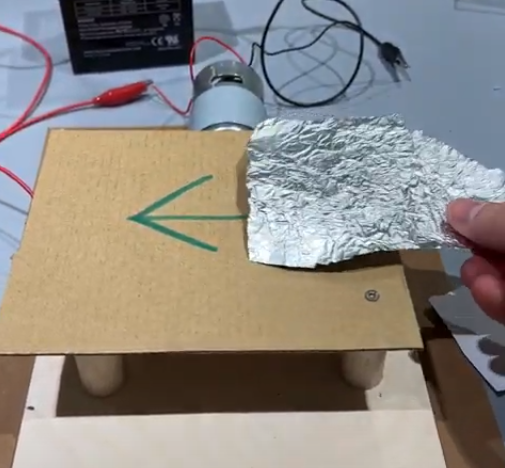Eddy Current Sorting Machine
Overview
This project involved designing and prototyping an eddy current sorting machine that demonstrates how recycling facilities separate non-ferrous metals, such as aluminum, from mixed waste streams. The machine uses a rotating magnetic drum to generate changing magnetic fields, which in turn induce eddy currents in conductive materials. These eddy currents create opposing magnetic forces that repel the aluminum, physically separating it from other materials like plastic or steel. The goal of this project was to build a functional and visual model that showcases this industrial process at a smaller scale.
Key Objectives
- Demonstrate Industrial Sorting Principles: Replicate the core physics of eddy current separation used in modern recycling facilities.
- Hands-On Mechanical and Electromagnetic Design: Apply CAD, material selection, and basic electromagnetic theory to build a working device.
- Educational Visualization: Create a clear, simplified model to explain the concept to non-technical audiences or for use in classroom demonstrations.
System Design & Implementation
- Rotating Magnetic Drum: Designed a rotating aluminum drum embedded with neodymium magnets, spaced to create alternating magnetic fields during rotation.
- Motor Mounting and Housing: Created a custom motor mount and frame using CAD, ensuring alignment between the shaft, drum, and supporting structures.
- Material Testing and Selection: Used various test items (aluminum, plastic, steel) to evaluate the effect of induced eddy currents on different materials.
- Assembly and Safety: Assembled the full system with safety considerations around spinning components and magnetic strength, securing the drum to prevent imbalance.
- CAD and Manufacturing: Modeled all parts in Fusion 360 and fabricated components using available 3D printing or machining tools.
Testing & Evaluation
The machine was tested using multiple material samples. When powered, the spinning drum induced eddy currents in aluminum items, visibly repelling them off the sorter belt. Plastic and ferrous items remained unaffected, allowing for material separation. Fine-tuning magnet spacing, drum speed, and object positioning improved performance and repeatability.
Outcomes and Next Steps
The final prototype effectively demonstrated eddy current separation and could reliably sort aluminum from mixed material samples. Future improvements include integrating a conveyor belt to simulate continuous sorting, enclosing the drum for improved safety, and scaling the system for more robust demonstrations. This project deepened understanding of applied electromagnetism, rotating machinery, and mechanical design for educational and industrial applications.
Project information
- Category Mechanical Design / Electromagnetic Systems
- Type Sophmore Year Project
- Project date Jan, 2023 - May, 2023
- Links Human-Centered Engineering

